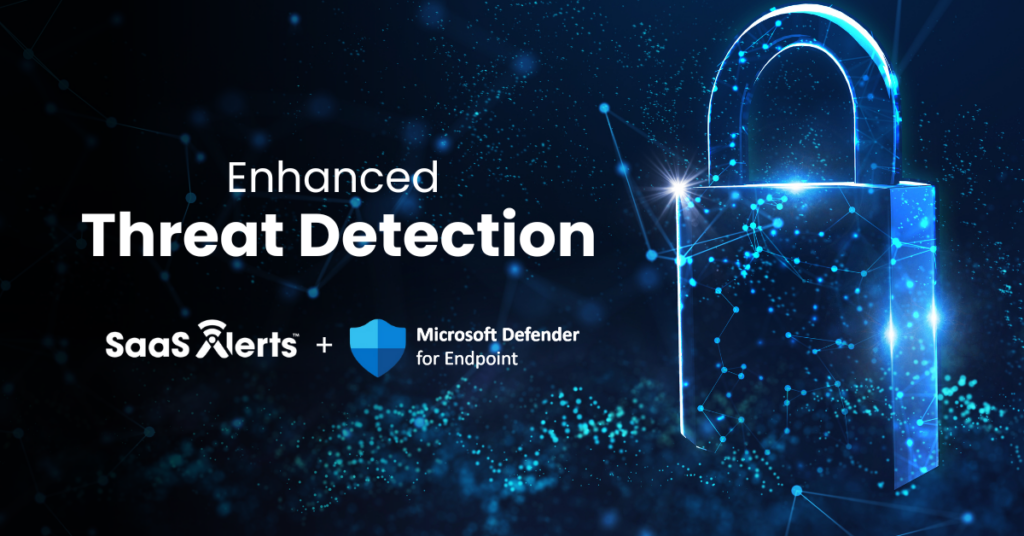How to Make a Business Case for Security Awareness Training
Technology alone is no longer enough to protect your clients from cyberattacks. As the cybersecurity landscape continues to become more complex, MSPs need to consider adding security training to their suite of services. Let’s show you how.
Role of Employees in Cybersecurity
Verizon found that 74% of data breaches involve a human element, underscoring that employees are still one of the weakest links in an organization’s cybersecurity efforts.
The common human-related security vulnerabilities include:
- Phishing attacks: Employees may unknowingly fall victim to phishing emails, such as BEC scams, compromising sensitive information or introducing malware into the organization’s network.
- Weak passwords: Employees often reuse passwords or choose weak combinations, making it easier for attackers to gain unauthorized access.
- Unsecured devices: Employees accessing corporate networks from personal laptops and phones that lack the same level of security as corporate-owned devices make themselves more susceptible to cyberattacks and other threats.
That’s where cybersecurity awareness training comes in.
What Is Security Awareness Training?
Security awareness training is a strategy used by organizations to educate employees on cybersecurity risks and best practices for keeping networks and data secure. The primary goal is to equip users with the knowledge of recognizing and mitigating various cyberthreats.
With this awareness of maintaining cyber hygiene, employees proactively reduce potential human vulnerability.
How to Make a Business Case for a Security Awareness Program
Rather than being the weak link in an organization’s cybersecurity, properly trained employees can be an asset in fighting against cybersecurity threats. However, SANS found that 70% of security professionals dedicate less than half of their time to training programs.
Let’s look at the benefits of cyber awareness training to show your clients how valuable it can be.
-
Save Money
Investing in cyberawareness training saves businesses from the cost of dealing with potential breaches — a whopping $4.45 million on average in 2023, per IBM. Keep in mind that the aftermath of a cyber incident often includes:
- Loss of revenue
- Client loss
- Operational disruptions
- Intellectual property (IP) cyber theft
- Loss of sensitive data
Providing training services further reduces your clients’ costs for developing in-house security content and recruiting training experts. Some cyber insurance providers also offer reduced premiums for organizations that train employees on how to improve security measures.
-
Boost Employee Confidence
Leaving employees to fend for themselves regarding cybersecurity causes a general feeling of distress and uncertainty.
Employees appreciate companies that educate them on cybersecurity, not only for work-related benefits but also for safeguarding their personal data and finances. Falling victim to identity theft or private cyberattacks significantly impacts employee morale and productivity, which a basic security awareness program can avoid.
-
Meet Regulatory Compliance
Companies dealing with customers’ personal and sensitive data face stringent industry regulations to train stakeholders on cybersecurity. For instance, to get SOC 2 certification, it is mandatory for companies to provide information security training to employees.
Non-compliance with industry regulations can also impact your clients’ revenue. The 2023 Compliance Trends Report found that 41% of the surveyed companies experienced a slower sales cycle because of non-compliance.
-
Create a Human Firewall
Security awareness programs generally train on current and real-life cyberthreats. With increased awareness of the types of security attacks your clients encounter on a regular basis, you can enhance your training content as well as security strategy.
Trained employees are more likely to report suspicious activities or security incidents promptly, enabling quicker detection and response to potential cyber threats. For instance, when an employee understands what a phishing scam looks like, they will report it to the security team rather than just deleting it. This reporting enables early threat detection and response.
Elements of Effective Information Security Training
Here’s what you need to implement an effective cybersecurity awareness program.
Support from Leadership
Secure a clear commitment from your client’s top-level executives, such as CEOs, CFOs or CIOs, to prioritize and support security awareness initiatives. Their support indicates that cybersecurity is recognized as a strategic priority for the organization.
Strong executive support also ensures the program gets the resources it needs to succeed. To win this support, avoid technical jargon when making the business case. Explain the potential impact of cyber threats and how a well-executed cybersecurity awareness training program can mitigate them.
Customized Training Content
Tailor training content to the specific business needs and risks of the client. Conducting a thorough risk assessment helps to identify specific threats your clients are vulnerable to. The training content can then address these identified risks directly. Common topics to include in security awareness training are:
- Password best practices
- Multi-factor authentication (MFA)
- Business email compromise
- Phishing attacks
- Mobile device security
You can also use SaaS Alerts for user behavior analysis to detect insider threats and train employees to handle them.
Interactive and Engaging Modules
Security awareness training starts with an employee’s onboarding process and continues throughout their tenure at the organization. You can keep training programs interactive and engaging by using elements such as:
- Live training, either in person or via video conferencing
- On-demand video training
- Gamified training modules
- Newsletters on cybersecurity trends and updates
- Community channels on collaboration platforms, such as Slack and Microsoft Teams
- Simulation-based learning, such as phishing simulation tests
Metrics and Evaluation
Establish metrics to measure the success and effectiveness of your security awareness program. If you are using phishing simulations to train, you can evaluate the success levels, both collectively and individually. If a majority of the users click on simulated emails, you need to overhaul the entire cybersecurity awareness training.
If only a small percentage of employees fall for the scam, then your team can address the knowledge gaps individually with the users. This evaluation also helps to track improvements over time.
Strengthen Your Cybersecurity Awareness Program with SaaS Alerts
SaaS Alerts offers valuable resources to not only scale your security stance but also equip you with the best industry insights to include in your cyber training as a service offering. Here’s how we can boost your security awareness training:
- With our Saa$y MSP Community, you connect with other MSPs and SaaS security professionals to discuss cybersecurity challenges and ideas for improvement.
- Our Ultimate Guide to SaaS Security gives a crash course on the latest cybersecurity threats and SaaS best practices to defend your clients.
- Our knowledge base answers your queries on security alerts, our security modules, release notes and more.
- Our SASI Report offers you an in-depth analysis of current trends, threats and user behavior related to SaaS application security.
Start a free trial to boost your security stance with SaaS Alerts.






